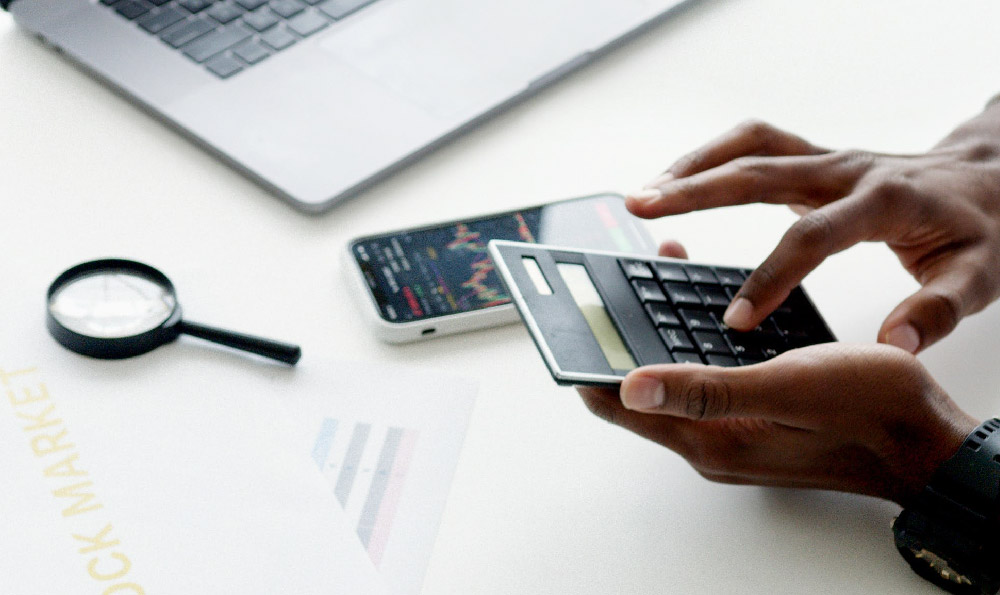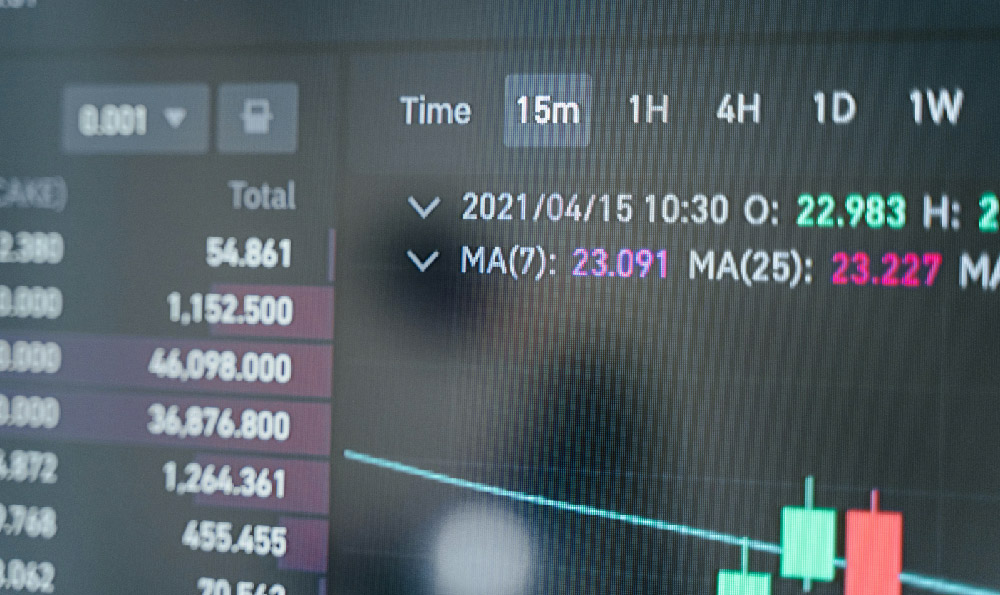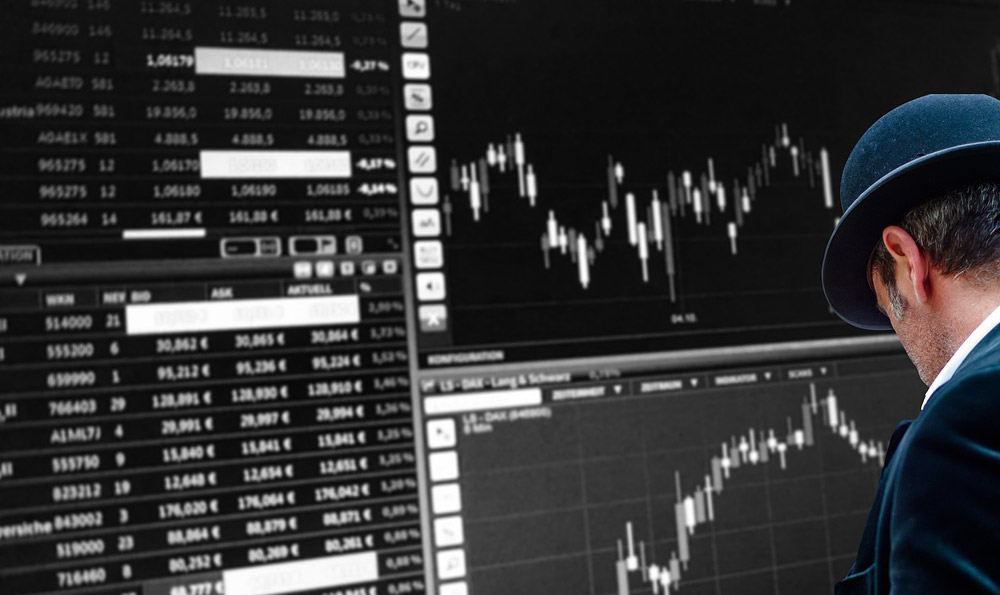How much USDT equals USD? Is Keepbit Platform reliable?

Navigating the often-turbulent waters of cryptocurrency requires a keen understanding of its foundational elements, particularly stablecoins like USDT (Tether). Understanding the relationship between USDT and USD is crucial for anyone venturing into the digital asset space. Equally important is assessing the reliability of platforms, such as Keepbit, where these transactions take place. Let's delve into these topics with the clarity and caution they deserve.
The 1:1 Peg: Understanding the USDT to USD Relationship
At its core, USDT is designed to maintain a 1:1 peg with the U.S. dollar. This means that theoretically, 1 USDT should always be worth 1 USD. This stable value proposition is what makes USDT a popular choice for traders and investors looking to avoid the volatility inherent in cryptocurrencies like Bitcoin or Ethereum. Instead of converting back to fiat currency (USD, EUR, etc.) during periods of market uncertainty, they can simply move their assets into USDT, effectively “parking” their funds in a digital dollar equivalent.

However, it's vital to understand that this peg isn't guaranteed by magic. Tether Limited, the company behind USDT, claims to back each USDT token with one U.S. dollar (or equivalent reserves, which can include cash, cash equivalents, and other assets). This backing is what is supposed to maintain the stable value.
In practice, the value of USDT can fluctuate slightly above or below $1. Market supply and demand, as well as confidence in Tether's reserves, can influence these fluctuations. You might see USDT trading at $0.999 or $1.001, especially during periods of high market volatility. These deviations are usually small and short-lived, but it's something to be aware of.
Why the Peg Matters
The stability of the USDT peg is paramount for the entire crypto ecosystem. Many trading pairs on exchanges are denominated in USDT. This means you might trade Bitcoin (BTC) for USDT, and then use that USDT to buy another cryptocurrency. If the value of USDT were to significantly deviate from its $1 peg, it could disrupt trading activity and create arbitrage opportunities, potentially leading to market instability.
A loss of confidence in USDT could trigger a "bank run," where users rush to redeem their USDT for USD. If Tether doesn't have sufficient reserves to meet these redemption requests, it could lead to a collapse in the value of USDT, with potentially catastrophic consequences for the broader crypto market. We've seen examples of algorithmic stablecoins failing spectacularly, highlighting the risks associated with stablecoins that aren't properly backed.
Analyzing Keepbit Platform: Reliability and Due Diligence
Now, let's turn our attention to Keepbit, a platform where you might be considering trading or holding USDT. Assessing the reliability of any cryptocurrency platform is a critical step in protecting your investments. Here's a framework for evaluating Keepbit (or any other similar platform):
-
Security Measures: What security protocols does Keepbit employ to protect user funds? Look for evidence of features like two-factor authentication (2FA), cold storage of funds (keeping a significant portion of digital assets offline), and regular security audits conducted by reputable firms. Don't just take their word for it; search for independent reviews and security assessments.
-
Transparency and Regulation: Is Keepbit transparent about its operations? Does it comply with relevant regulations in the jurisdictions where it operates? Regulatory compliance doesn't guarantee safety, but it does provide a level of oversight and accountability. A platform that is hesitant to provide information about its regulatory status or security practices should raise red flags.
-
User Reviews and Reputation: What are other users saying about their experiences with Keepbit? Look for reviews on independent platforms and forums. Pay attention to recurring themes, both positive and negative. Be cautious of overwhelmingly positive reviews, as these could be artificially generated. Focus on reviews that offer specific details about the user's experience.
-
Liquidity and Trading Volume: Does Keepbit have sufficient liquidity to facilitate your trading needs? Low liquidity can lead to slippage (the difference between the expected price and the actual price you pay when executing a trade) and difficulty in buying or selling assets quickly. Check the trading volume of USDT and other cryptocurrencies on the platform.
-
Team and Background: Who are the people behind Keepbit? Are they experienced in the cryptocurrency industry? Do they have a track record of success? Research the team and the company's background. A platform with an anonymous or inexperienced team should be approached with caution.
-
Terms of Service and Disclosures: Carefully read Keepbit's terms of service and any risk disclosures. Understand your rights and responsibilities as a user of the platform. Pay attention to clauses that address liability, security breaches, and dispute resolution.
Mitigating Risk: Best Practices for USDT and Platform Use
Regardless of the platform you choose, these best practices can help you manage risk when dealing with USDT and other cryptocurrencies:
-
Diversification: Don't put all your eggs in one basket. Diversify your cryptocurrency holdings across different assets and platforms.
-
Cold Storage: For long-term holdings, consider storing your USDT in a hardware wallet (a physical device that stores your private keys offline). This significantly reduces the risk of hacking or theft.
-
Due Diligence: Always do your own research before investing in any cryptocurrency or using any platform. Don't rely solely on the information provided by the platform itself.
-
Risk Management: Understand your risk tolerance and only invest what you can afford to lose. Cryptocurrency investing is inherently risky, and you should be prepared for the possibility of losing your entire investment.
-
Stay Informed: Keep up-to-date on the latest news and developments in the cryptocurrency industry. This will help you make informed decisions and adapt to changing market conditions.
-
Avoid FOMO (Fear of Missing Out): Don't make impulsive investment decisions based on hype or social media trends.
In conclusion, while USDT aims to maintain a 1:1 peg with USD, understanding the nuances and potential risks is crucial. Similarly, thoroughly vetting any platform like Keepbit before entrusting it with your funds is paramount. By combining knowledge, caution, and sound risk management practices, you can navigate the cryptocurrency landscape with greater confidence and potentially achieve your financial goals. Remember that the cryptocurrency market is constantly evolving, so continuous learning and adaptation are essential for success.















